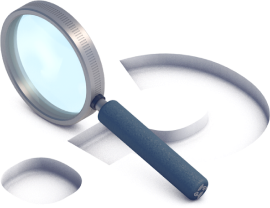Frequently Asked Questions
Below is a list of topics with the most frequently asked questions about Streamr.

The DATA token is an ERC-20 token used for project governance, to incentivise the Network participants, to delegate stake on Streamr nodes, and for Streamr Hub payments.
The DATA token can be acquired from several Centralised Exchanges (CEXs), Decentralised Exchanges (DEXs), and through DEX aggregators such as Uniswap, SushiSwap, and OTC. The exchange with the highest DATA/USD and DATA/BTC volume is currently Binance.
You can see a list of markets where the DATA token is listed, along with compatible wallets, on the Token Migration page.
In the token mechanics of the Streamr Network, tokens can be earned by running a node and staking tokens on that node. The staking rewards come from a supply inflation process decided via project governance. Currently, only node runners can stake on their own nodes, there is no delegated staking yet.
In the Streamr 1.0 milestone of H2/2023, an organic market mechanism for node resources is introduced. In this milestone, anyone can incentivize nodes to join and support any stream on the network. This supply-and-demand-driven process supplements and gradually replaces the bootstrapping incentives coming from supply inflation. In Streamr 1.0, delegated staking is also introduced, where token holders that don't run nodes can stake on nodes run by someone else.
The Streamr token is often mistakenly referred to as DATAcoin and Streamr coin.
DATAcoin was the original symbol for the Streamr token and there are still a few articles floating around mentioning DATAcoin and some mentioning Streamr coin.
However, today the token is simply called DATA or $DATA to make use of the ticker functionality on platforms such as Twitter.
Since the DATA token is undergoing migration, which started mid-2021 and without a time cap on migrations for the sake of protecting DATA token holder's funds, the old token still exists as XDATA.
You can read more about the DATA token migration here and in case you still hold XDATA: Read how to migrate XDATA to DATA using the tools and tutorials found on the page.


